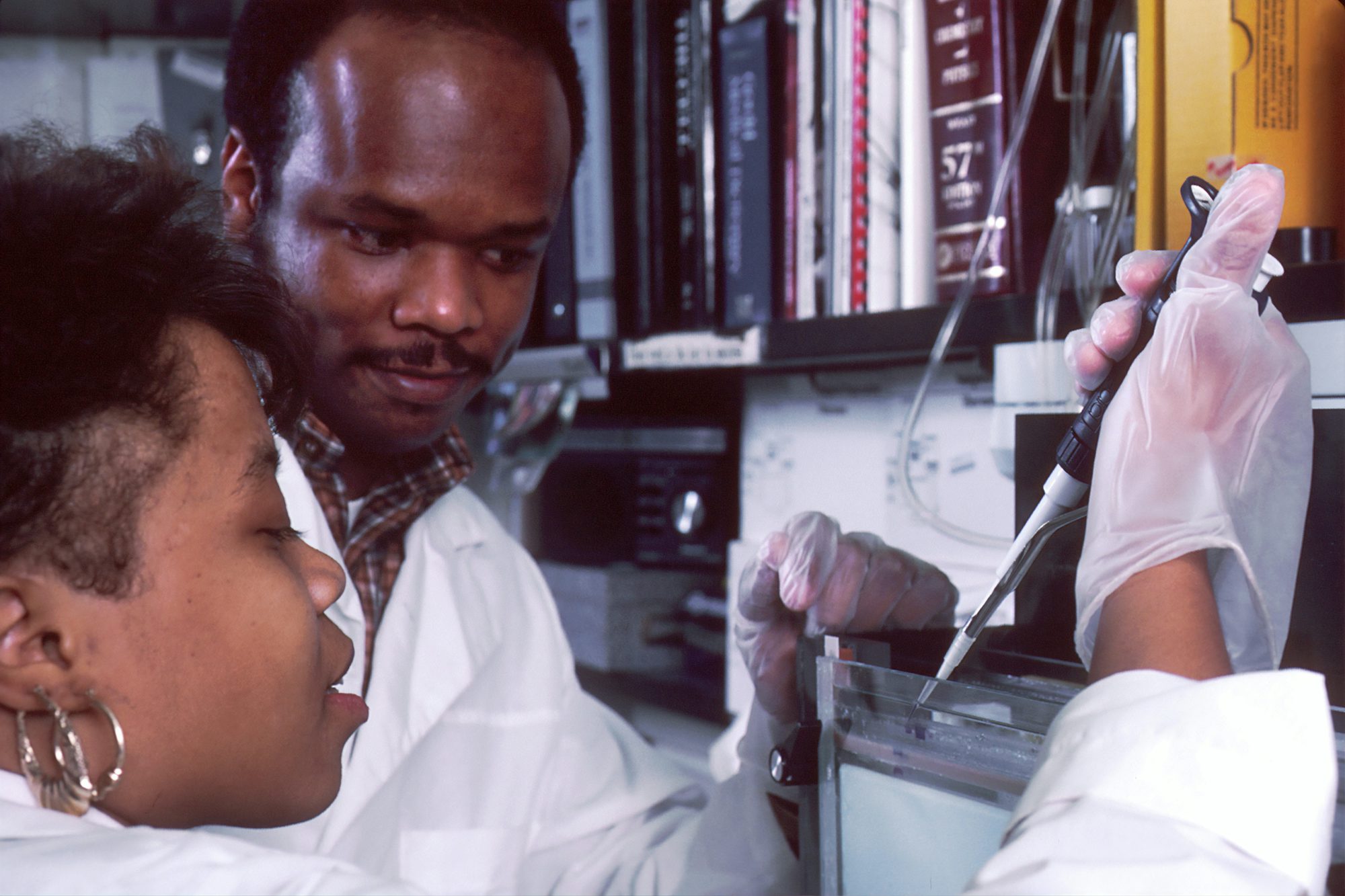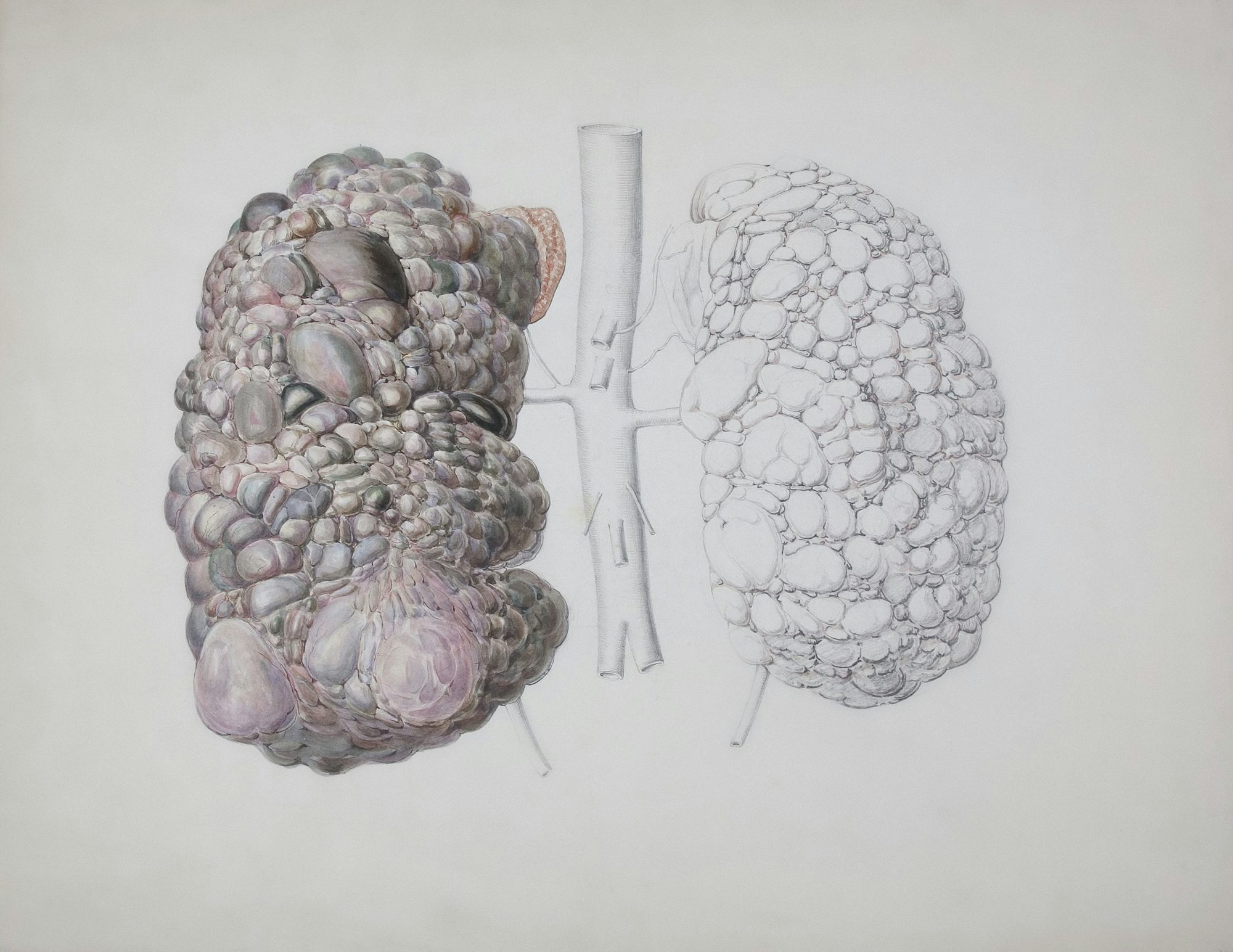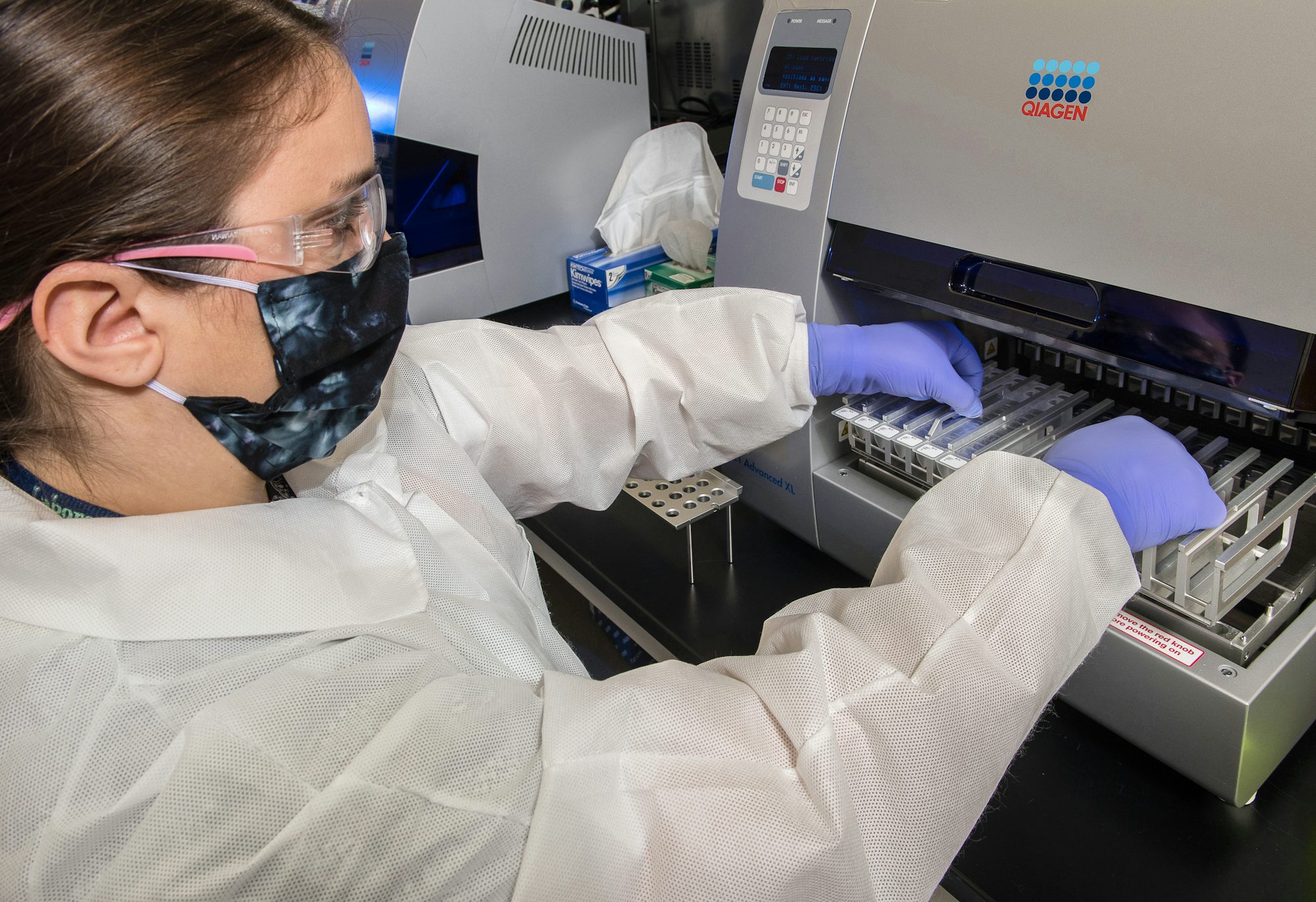
Preventive care is a cornerstone of modern healthcare, aimed at enhancing well-being and minimizing the risk of developing chronic conditions. By focusing on early intervention and health promotion, healthcare professionals across various specialties play a pivotal role in guiding individuals toward healthier lifestyles. This article delves into the various aspects of preventive care, highlighting its significance in different medical fields and how it contributes to improved health outcomes.
The practice of preventive care encompasses a wide range of activities designed to maintain health and prevent disease. This includes routine check-ups, screenings, immunizations, and patient education. Internists, for example, often lead the way in preventive care by conducting comprehensive health assessments and providing tailored recommendations to their adult patients. Their expertise allows them to identify risk factors and facilitate early interventions that can significantly alter health trajectories.
In pediatrics, the importance of preventive care is especially pronounced, as childhood is a critical time for health development. Pediatricians not only monitor growth and development but also guide families through essential vaccinations and health screenings. They educate parents on nutrition and physical activity, fostering healthy habits from a young age. This proactive approach helps mitigate the risk of obesity, diabetes, and other conditions that may arise later in life.
Obstetrics and gynecology also emphasize preventive care, particularly concerning women’s reproductive health. OB/GYNs conduct routine examinations and screenings that play a crucial role in early detection of conditions such as cervical and breast cancer. They provide guidance on family planning and reproductive health, ensuring that women are informed and empowered to make decisions about their health. This specialty’s focus on preventive measures not only enhances individual well-being but also promotes community health by addressing issues that can impact future generations.
The field of cardiology has increasingly recognized the significance of preventive care in managing heart health. Cardiologists encourage patients to adopt heart-healthy lifestyles, including proper diet, exercise, and stress management. Through regular screenings and assessments, they can identify early warning signs and recommend lifestyle modifications to reduce the risk of heart-related conditions. This preventive approach is essential, particularly given the growing prevalence of cardiovascular issues.
An equally vital area of preventive care is mental health. Psychiatrists are instrumental in promoting mental well-being through early intervention and education. By providing resources and support for stress management, coping strategies, and healthy relationships, they help individuals build resilience against mental health challenges. This proactive approach is essential in creating a supportive environment where mental health is prioritized and stigma is reduced.
Dermatologists also play a significant role in preventive care by educating patients about skin health. They emphasize the importance of sun protection and regular skin examinations to detect any changes early on. By encouraging patients to take an active role in their skin health, dermatologists help prevent issues that could lead to more severe complications in the future. Their focus on prevention contributes to greater awareness about skincare and the impact of environmental factors on overall health.
In the realm of ophthalmology, preventive care is crucial for maintaining vision health. Regular eye exams can identify early signs of conditions such as glaucoma and macular degeneration, allowing for timely intervention. Ophthalmologists also educate patients about the importance of eye protection and the role of nutrition in preserving vision. By promoting awareness and encouraging regular check-ups, they contribute significantly to overall quality of life.
Anesthesiology, while primarily focused on surgical care, also involves aspects of preventive care, particularly in pain management. Anesthesiologists work to develop individualized pain management plans that include non-invasive strategies and lifestyle modifications. By focusing on preventive measures, they help patients prepare for surgeries more effectively and recover with less discomfort.
Moreover, preventive care is not limited to individual health but extends to community wellness initiatives. Public health professionals work diligently to promote vaccination programs, health education campaigns, and screenings for various conditions. These efforts aim to raise awareness about health risks and encourage individuals to participate in preventive measures that benefit the entire community. By fostering a culture of health, public health initiatives create environments that support well-being and prevent health issues before they arise.
In the context of respiratory health, pulmonologists focus on preventive measures such as smoking cessation programs and asthma management plans. By encouraging patients to avoid risk factors and engage in healthy behaviors, they help maintain lung health and prevent complications. Their proactive approach not only benefits individual patients but also contributes to broader public health efforts by reducing the prevalence of respiratory issues in the community.
Gastroenterologists emphasize preventive care through education about digestive health. They guide patients in understanding the importance of diet and lifestyle choices that support a healthy digestive system. Regular screenings for conditions such as colorectal cancer are vital components of preventive care in this specialty. By advocating for healthy eating habits and routine check-ups, gastroenterologists play a crucial role in preventing potential complications down the line.
The collaborative nature of preventive care allows healthcare professionals to work together across specialties, creating a comprehensive approach to health. By sharing information and resources, they can provide patients with a holistic view of their health and well-being. This teamwork fosters an environment where preventive care becomes an integral part of the healthcare experience, empowering individuals to take charge of their health.
In conclusion, preventive care is a fundamental aspect of modern healthcare that transcends individual specialties. By focusing on early intervention, education, and health promotion, healthcare professionals can significantly impact the well-being of their patients and communities. The emphasis on preventive measures ensures that individuals are equipped with the knowledge and resources needed to lead healthier lives, ultimately reducing the burden of chronic conditions and enhancing quality of life. As we continue to navigate the complexities of healthcare, the role of preventive care remains vital in creating a healthier future for all.







